The Hanseatic League was established the 13th century as a union between the merchant guilds of northern German cities such as Lübeck and Hamburg.
Eventually, the league expanded to include cities and towns around the coasts of the Baltic Sea and the North Sea from Germany and the Netherlands to Latvia and Estonia.
Comprising around 200 cities from the 13th to the 15th century, the Hanseatic League dominated trade in northern Europe. It worked in the interests of the merchants in these cities, maintaining a smooth flow of goods between them – wood, honey, grain, cloth, fish, and much more.
The Hanseatic League left a cultural and architectural heritage that can still be felt in its cities to this day.
Here’s a list of the most stunning Hanseatic gems scattered throughout the Baltics.
Latvia
Riga
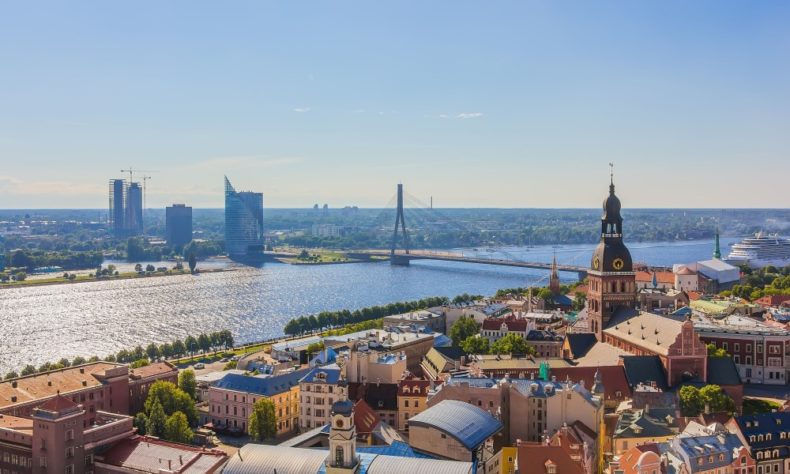
Sitting near the Baltic Sea coast at the mouth of the Daugava River, Riga is the epitome of Hanseatic League cities. This should come as no surprise, considering it became a member of the league only a few decades after the city was founded.
Riga was a focal point of trade connecting western Europe and Russia. Influenced by its fellow merchant cities, Riga became a typical Western city both in architecture and city planning.
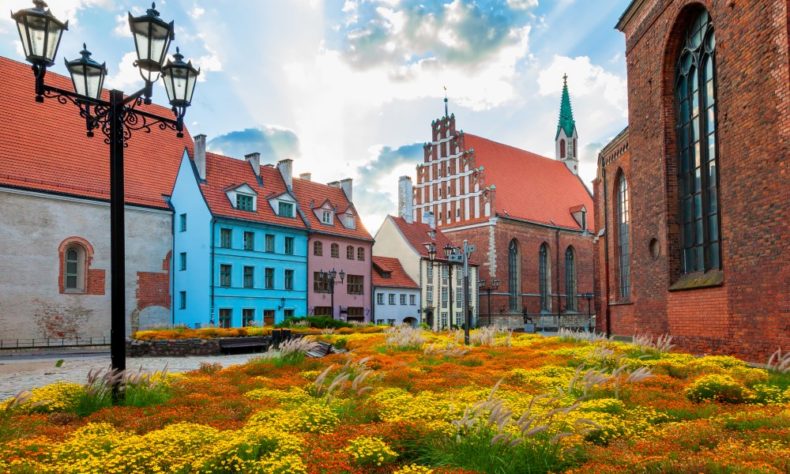
Another reminder of the city’s Hanseatic period are the street names in the Old Town, which are dedicated to various crafts and trades, such as blacksmiths, weavers, and merchants.
The Hanseatic League brought Gothic architecture to Riga, a prominent example of which is St. Peter’s Church, built in the 13th century.
Nearby, the oldest surviving dwelling in the city is one of the so-called Three Brothers and calls to mind the close ties Riga once had with Dutch traders.
Other architectural marvels built by the city’s merchants include the postcard-like House of the Blackheads and the Great Guild.
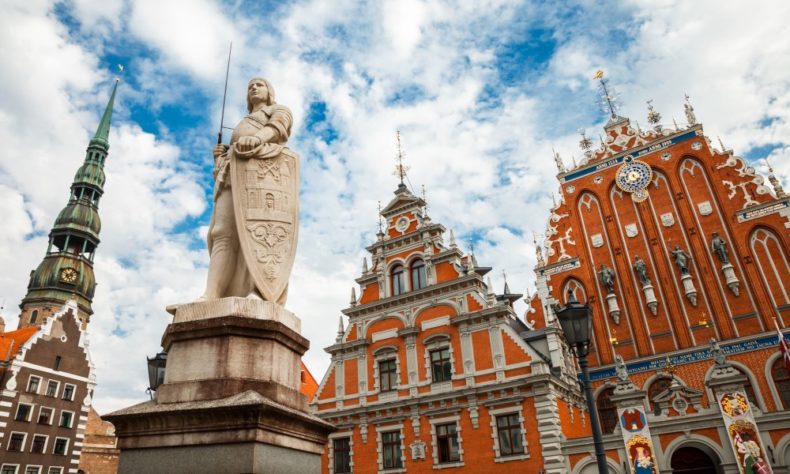
In contemporary Riga, the prime shopping place is the Central Market. Spread across five spectacular pavilions (former military airship hangars), it’s one of the largest marketplaces in eastern Europe.
Cross over to the left bank of the Daugava River to see the market’s little brother, the Āgenskalns Market built in the 20th century, and the nearby artisan market in Kalnciema Quarter held every weekend.
Kuldīga
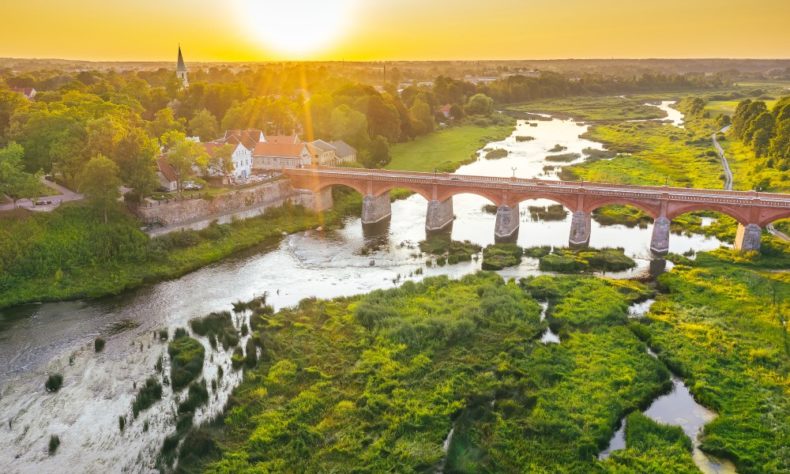
One crucial medieval trade waterway flowed from the Baltic Sea into the Venta River in western Latvia, connecting the coastal town of Ventspils with Kuldīga.
Kuldīga was first mentioned in the documents of the Hanseatic League in the mid-14th century, and the town came to be known as the ‘warehouse’ of the Duchy of Courland.
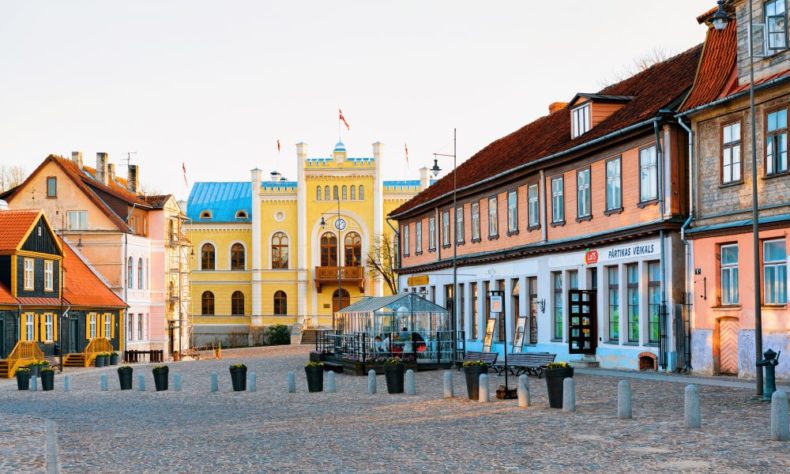
A devastating fire destroyed much of the town in 1615, but Kuldīga was rebuilt and is today one of the most charming towns in the region, boasting a collection of well-preserved 17th-century timber houses and the Baroque-style Town Hall built in the 19th century.
Its narrow streets, especially Liepājas iela, host a multitude of cafés and retailers.
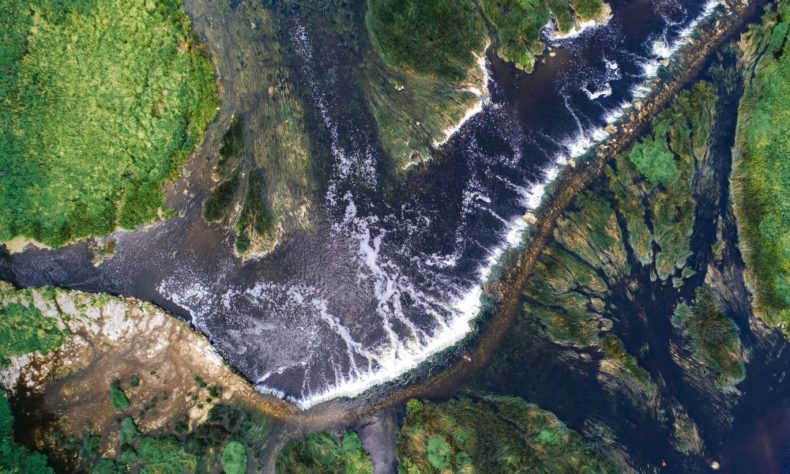
In the 19th century, Kuldīga gained a grand entrance – the handsome brick bridge that leads into the Old Town and offers a view of the Ventas Rumba, Europe’s widest waterfall.
In summer, the waterfall is frequented by sun-seekers looking for a refreshing dip.
Limbaži
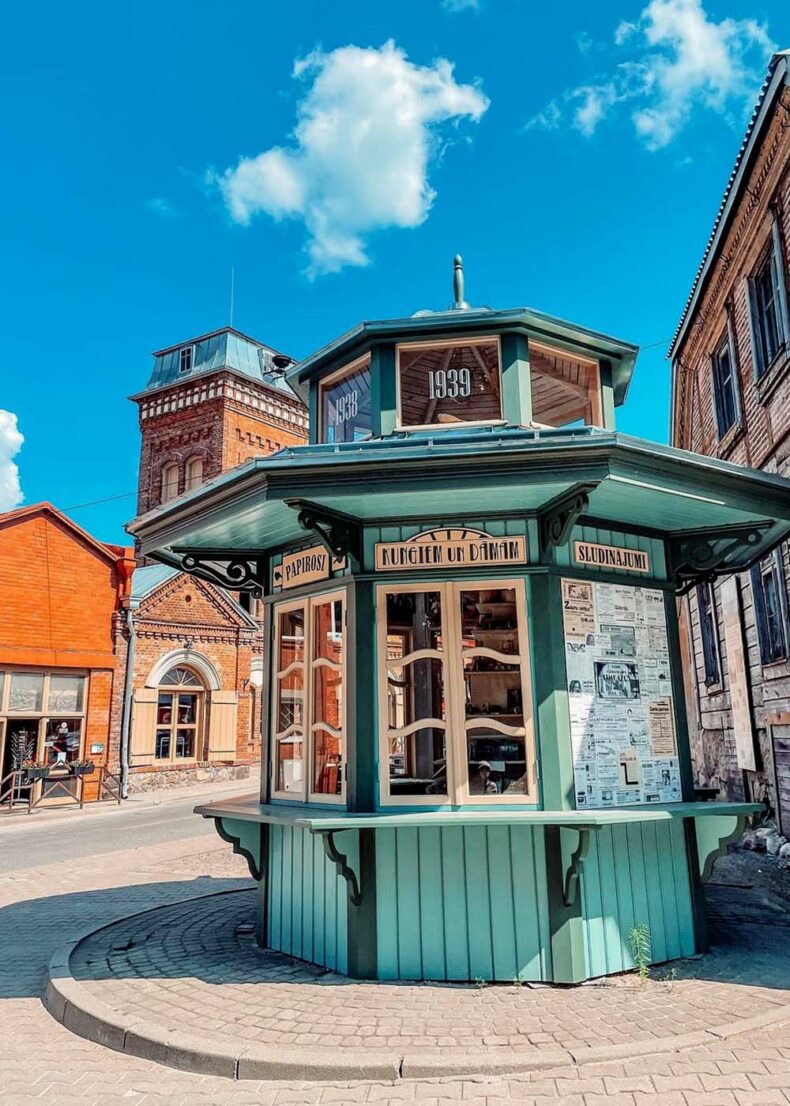
Photo on Instagram
Although difficult to imagine today, up until the 16th century the town of Limbaži was easily reachable by seafaring vessels travelling from as far as Lübeck and Copenhagen.
The prime witness of that time is the ruins of Limbaži Medieval Castle. The small trading camps surrounding the castle eventually grew into a town that was second only to Riga.
Every August, the castle ruins turn into a marketplace that honours the city’s trading history.
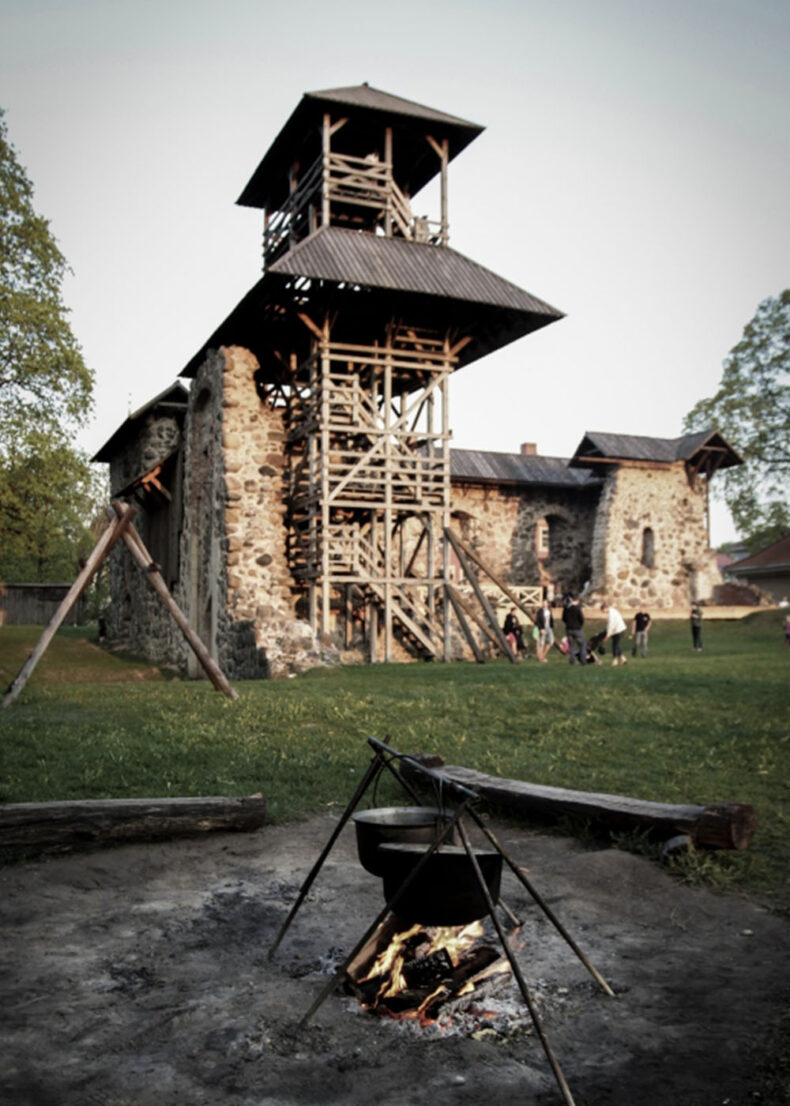
Photo on visit Limbaži
While, apart from the medieval castle, few other architectural structures have survived from the Hanseatic League’s day, the town’s fabric itself has mostly remained the same as it was in the 14th century.
Ģildes iela is one of the streets whose origins date back to the 14th century, and one of the most notable sites in town is the former City Hall, where magnificent 19th-century murals were recently discovered.
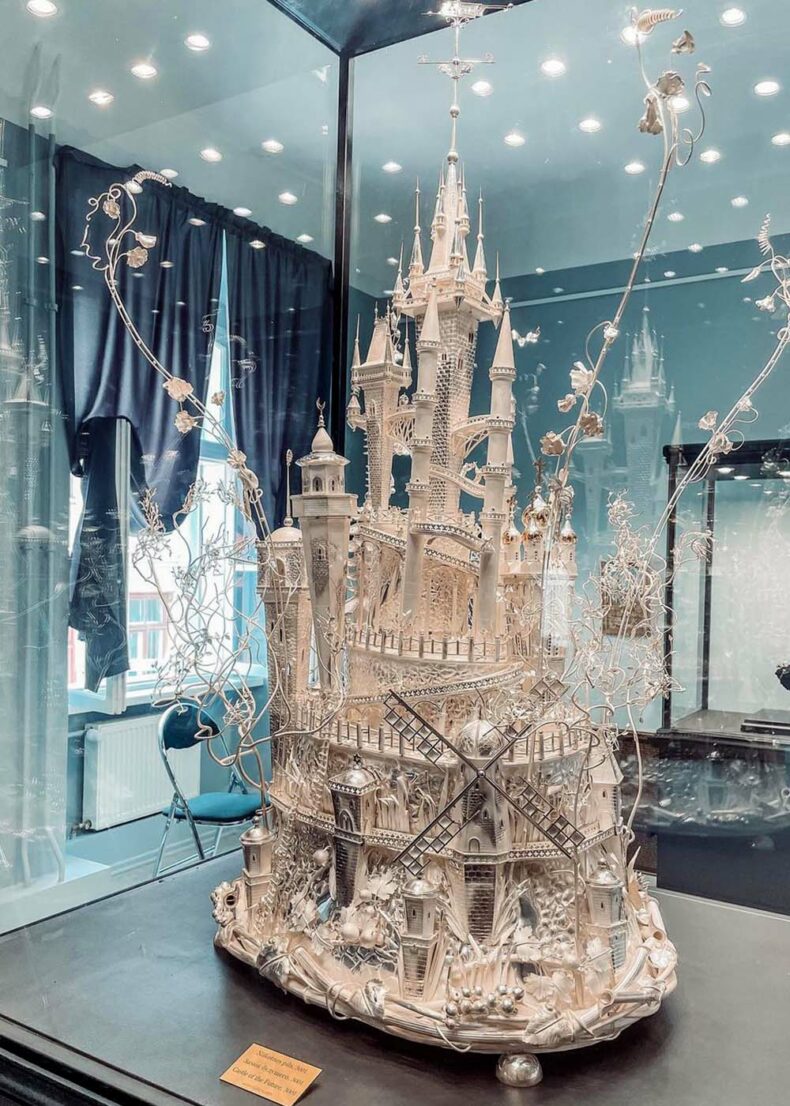
Photo on Instagram
The building also hosts the Silver Museum, which presents the most extensive collection of silver in the Baltics.
It is said that, during the Hanseatic era, Limbaži was the home of the best bread bakers in the area. This legacy is still kept alive by the local Lielezers bakery, which is famous for its rye bread.
Valmiera
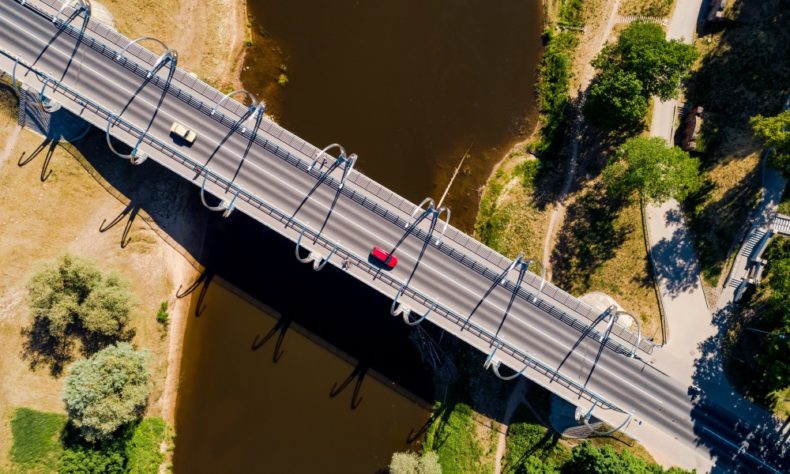
Situated in the middle of northern Latvia on the banks of the Gauja River, Valmiera was the regional hub and remains so to this day.
The town was famous for excellent wax, honey, and furs.
In the 18th century, it experienced many fires that devastated the earlier architecture. But the ruins of the Livonian Order castle ascertain that the town’s history stretches back to the Middle Ages.
Another historical marvel is St. Simon’s Church, which dates to the 13th century and is one of the oldest religious structures in Latvia.
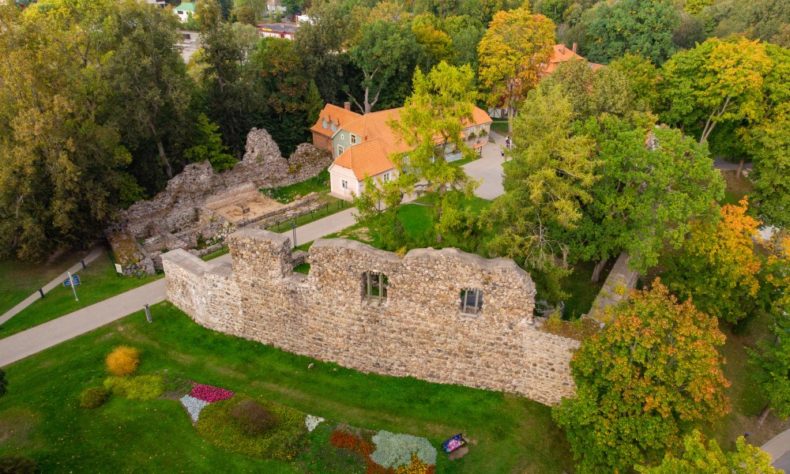
Photo on Enter Gauja
Just as in the Middle Ages, when Valmiera’s waterways lured traders to the city, the Gauja River and its spectacular nature now lure holidaymakers to Valmiera.
A popular spot for locals is the Park of Senses, a nature trail along the steep banks of the river that excites all the senses.
One specialty you cannot leave Valmiera without tasting is Valmiermuiža beer, lauded as one of the best brews in the country. For the freshest taste, head to the Valmiermuiža brewery on the outskirts of the town.
Cēsis
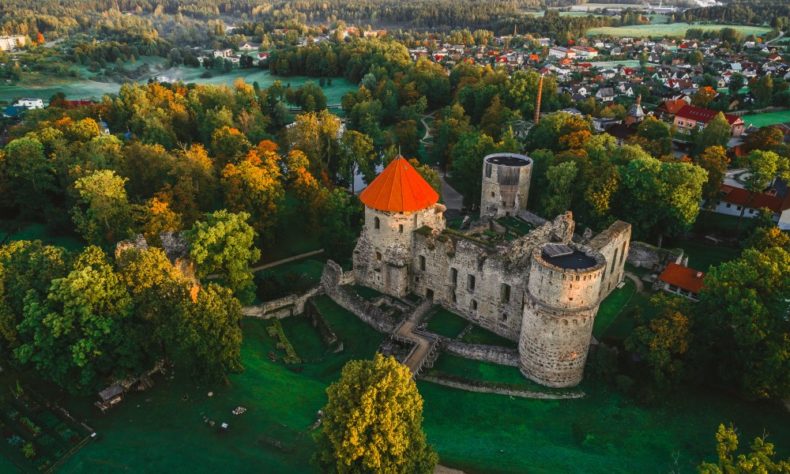
Ever since the Middle Ages, the Gauja River has lured people to Cēsis from far-flung corners. Back then, they were beguiled by the river’s convenient waterways, which secured the town a spot in the Hanseatic League.
Despite many fires over the centuries, the historical centre still retains its medieval layout and has managed to preserve some medieval architectural gems as well, including the 13th-century St. John’s Church, City Hall, and the Merchant House.
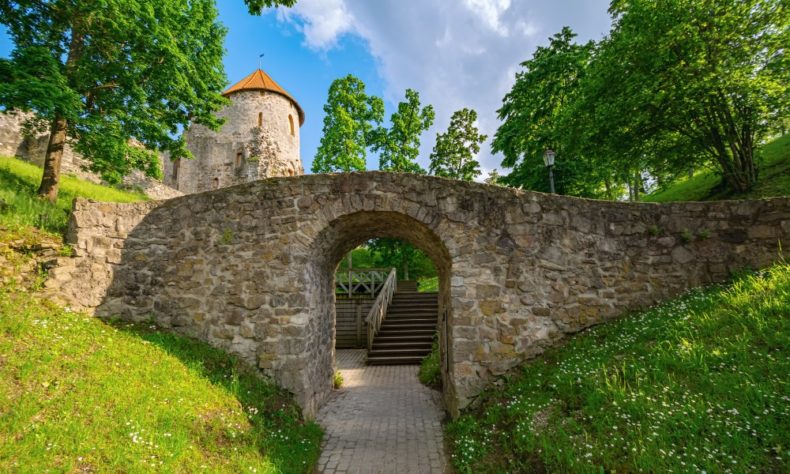
Yet the most impressive structure is Cēsis Medieval Castle, which served as the town’s cradle and witnessed battles with Russian, Polish, and Swedish troops.
The castle’s present appearance and majestic interior dates back to the 16th century and is open to visitors.
In the summer, visitors can try their hand at medieval sports and ancient crafts in the castle garden.
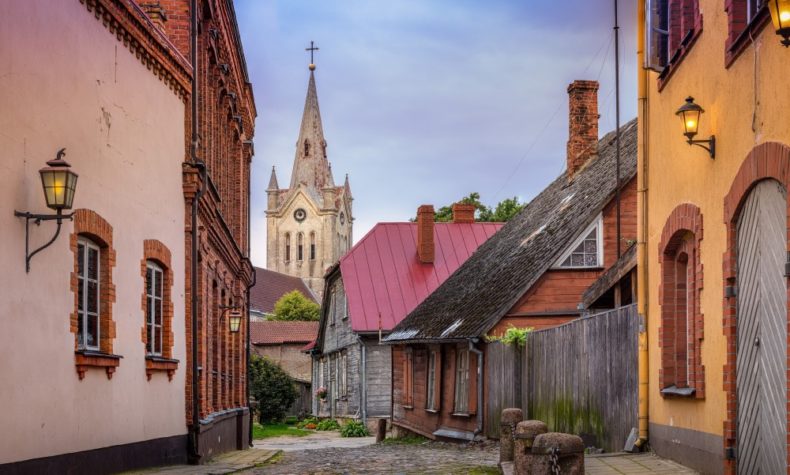
Modern-day Cēsis is a clever mix of the old and the cutting-edge, seeing as it’s one of the favourite places for Rigans to move to for a closer-to-nature lifestyle.
Thus, the historical streets are inhabited by co-working spaces, art galleries, smart cafés, and restaurants.
As for visitors, the biggest draw still remains the Gauja River, offering an abundance of natural wonders, including the Cīrulīši Nature Trail, the Ergļu (Eagle) and Sarkanās (Red) Cliffs, the Līču-Laņģu Sandstone Cliffs, and the Vējiņi Underground Lakes. Every summer, the town hosts the Cēsis Art Festival and the “Lampa” Conversation Festival.
Estonia
Pärnu
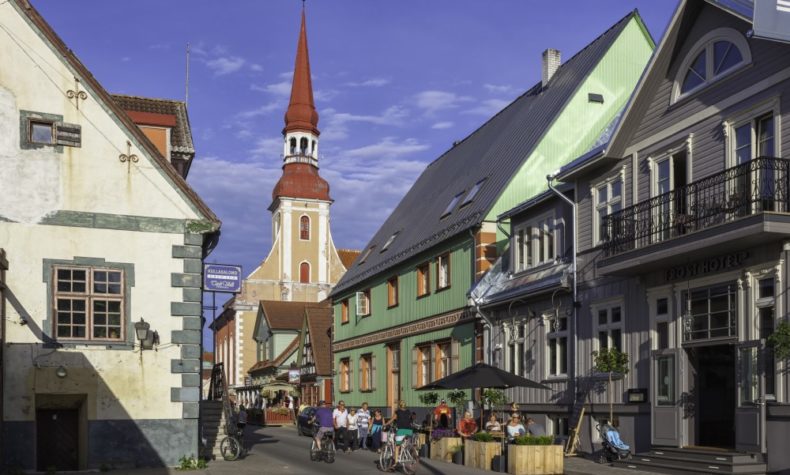
Located between Tallinn and Riga on the Baltic coast at the mouth of the Pärnu River, Pärnu is a picturesque stop on the Hanseatic route.
The town’s trade was at its zenith in the 14th–15th century.
Due to several fires, no fully preserved structures remain from the Hanseatic era, but parts of some buildings do date back to the Middle Ages, such as the two first floors of the Red Tower (a former prison) on Hommiku tänav. The River Gate at Aida 3 also boasts some original 14th-century details.
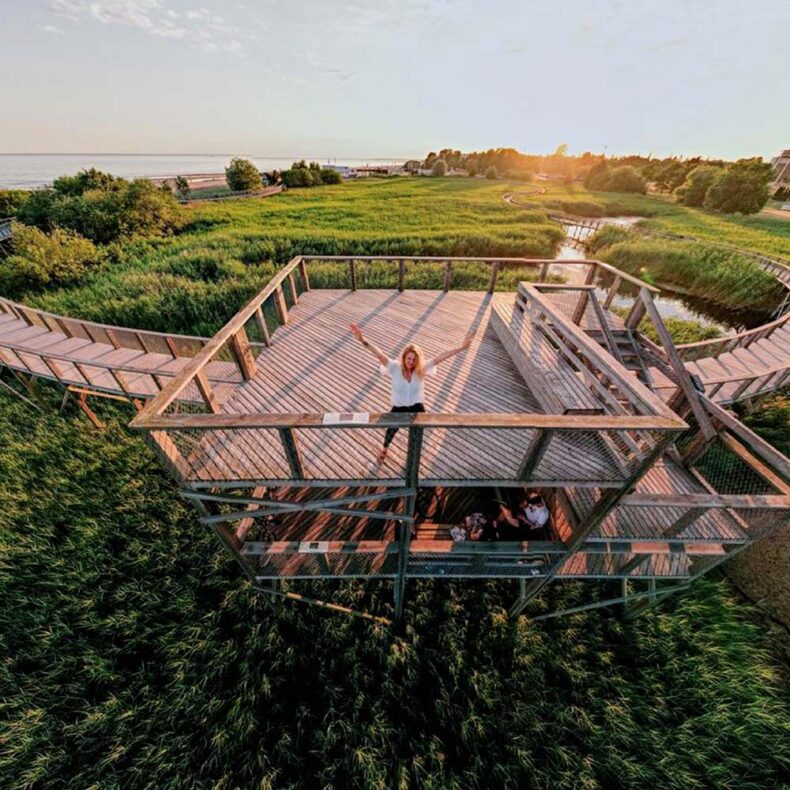
Photo on Instagram
Pärnu’s fishermen have been famous since the Middle Ages, and their catches are still deemed top-notch.
From cod and ide to pike perch and herring, the best places to enjoy local fish and seafood are the restaurants listed in the town’s White Guide.
Apart from being a long-time resort and port town, in 1996 Pärnu also became the summer capital of Estonia. This title does not come as a surprise, considering its wide sandy beaches and loads of space for leisurely strolls. From traditional wooden fishermen’s houses to luscious villas, the streets of Pärnu are an open-air gallery.
Also explore the two jetties jutting out into the bay – legend has it that if two lovers walk the entire two kilometers of the breakwaters while holding hands, nothing will ever separate them.
The town has some great cycling routes, too, and a fine number of spas for every taste and budget.
Tartu
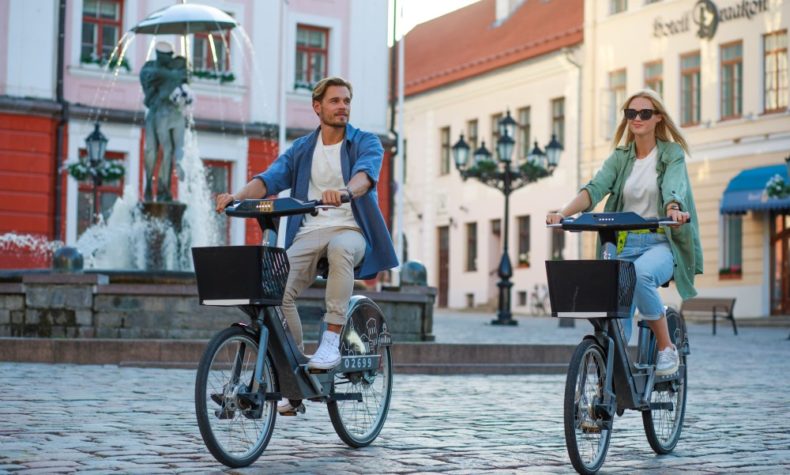
Photo by Peeter Jrvelaid
An intellectual and cultural hub with a sprawling start-up scene, Estonia’s second city is in fact one of the oldest in the Baltics.
Established on the banks of the Emajõgi River in the 13th century, Tartu was an important trading point between Pskov and Novgorod.
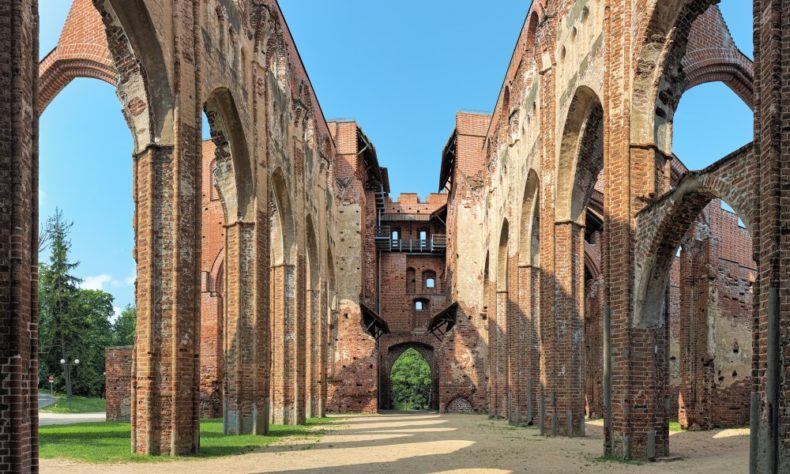
One of city’s Hanseatic gems is Tartu Cathedral, a marvellous red-brick construction begun in the 13th century and completed in the 16th century.
Another Gothic must-see is St. John’s Church, which owns a unique collection of well-preserved original terracotta sculptures. The church’s viewing platform has a great view of the Old Town.
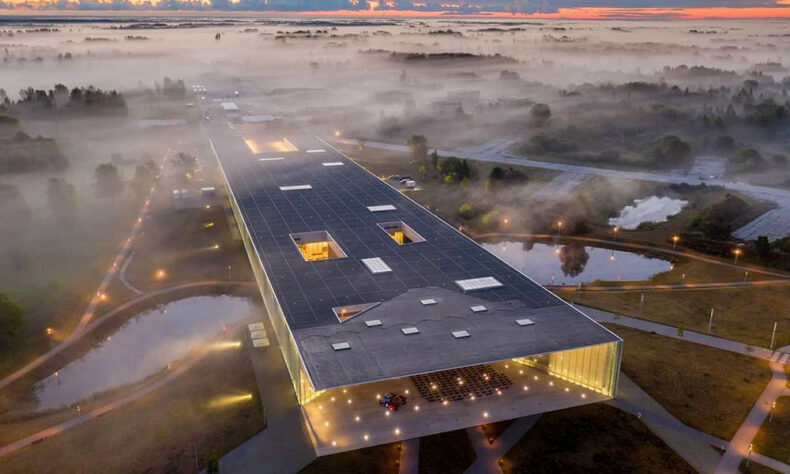
Photo on Instagram
However, as home to one of northern Europe’s oldest universities, Tartu is also a buzzing student city with a busy cultural calendar and vibrant street art.
In 2016 the city’s outskirts also got a cutting-edge addition, the Estonian National Museum situated on a former Soviet military base.
Viljandi
Surrounded by verdant forests and with a lake right in the middle of town, Viljandi is a peaceful place in southern Estonia.
In the Middle Ages, it prospered as part of the Hanseatic trade route. A testimony of this time is the impressive ruins of the Livonian Order castle, which boasts an incredible view over Viljandi Lake. The ruins can be accessed by a charming suspension bridge.
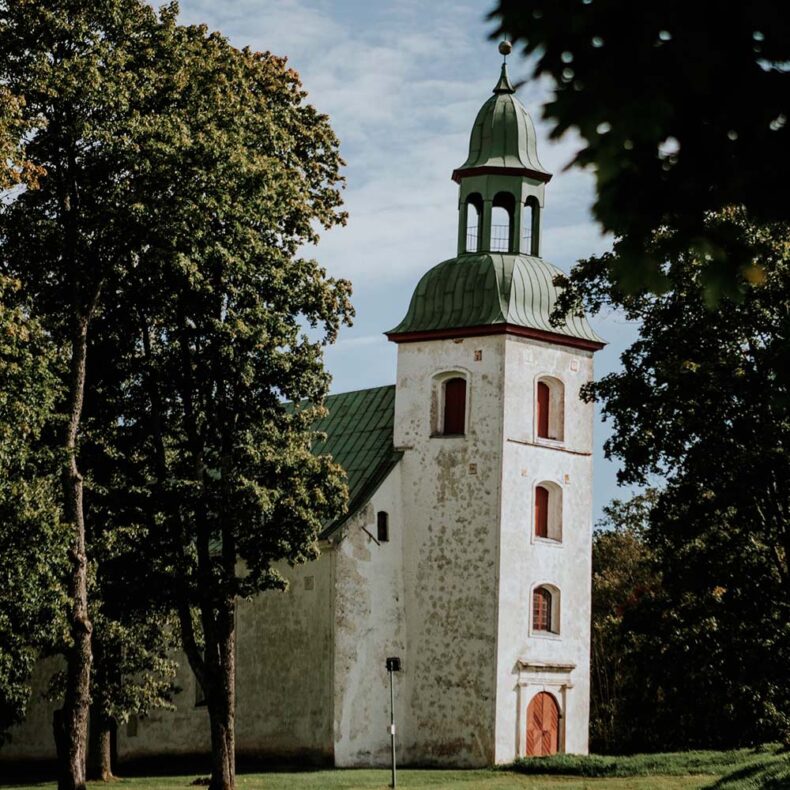
Photo on Instagram
The nearby nature and the outstanding collection of wooden edifices endow the town with a tranquil aura, despite the fact it’s famous for hosting the loudest event in the country, the four-day Viljandi Folk Music Festival.
Viljandi’s symbol is the strawberry – in total, you can find eight big strawberries made of concrete in Viljandi. They were inspired by native artist Paul Kondas’ iconic painting Strawberry Eaters, as the people of Viljandi are deemed to resemble the characters in the painting.
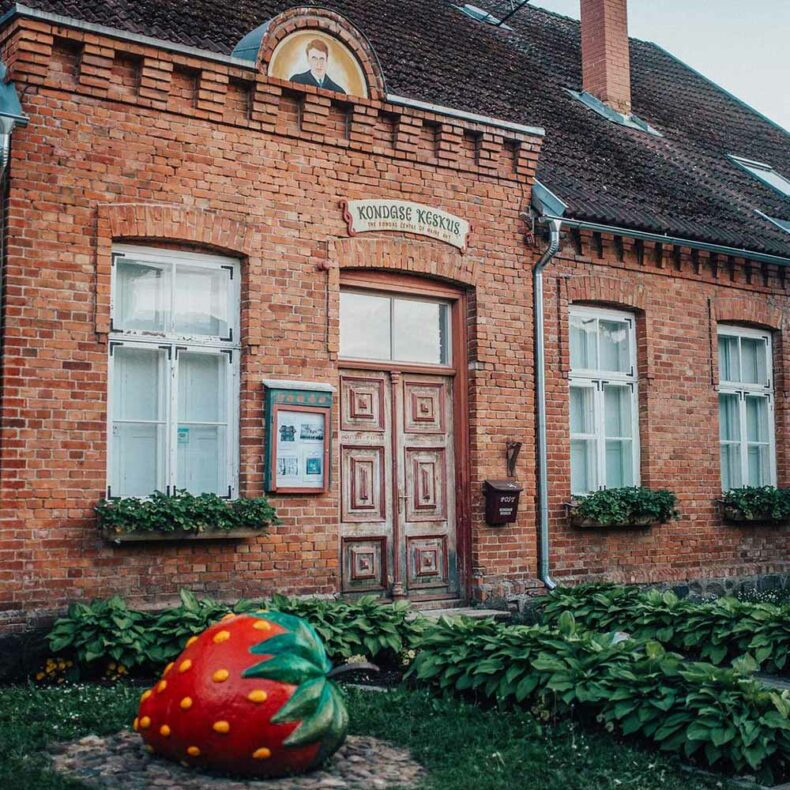
Photo on Instagram
Like other Hanseatic towns, every year in July, Viljandi hosts the Hanseatic Days, when the whole town turns into an extensive marketplace. It’s a great opportunity to enjoy the bounty of Estonian nature.
Tallinn
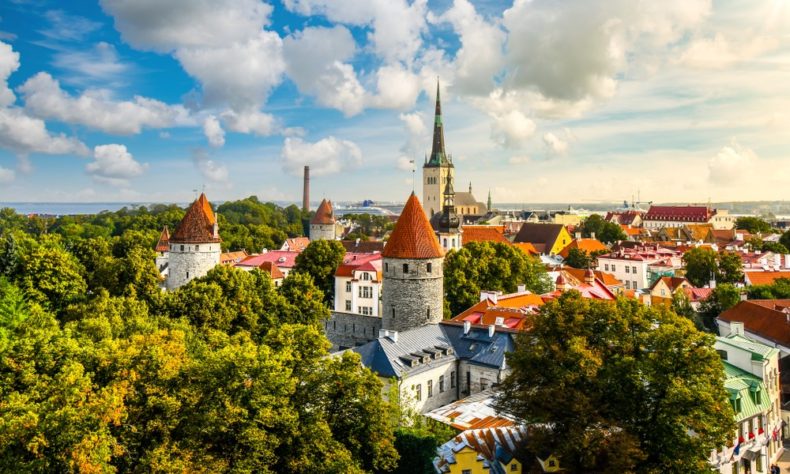
Tallinn’s Old Town is lauded as the best-preserved medieval city in northern Europe.
Back in the city’s Hanseatic days, it was occupied mainly by wealthy merchants from western Europe. Tallinn has one of the only historical city centres that still retains its original medieval layout, including the fortification walls.
This secured Tallinn’s Old Town a place on the UNESCO World Heritage list.
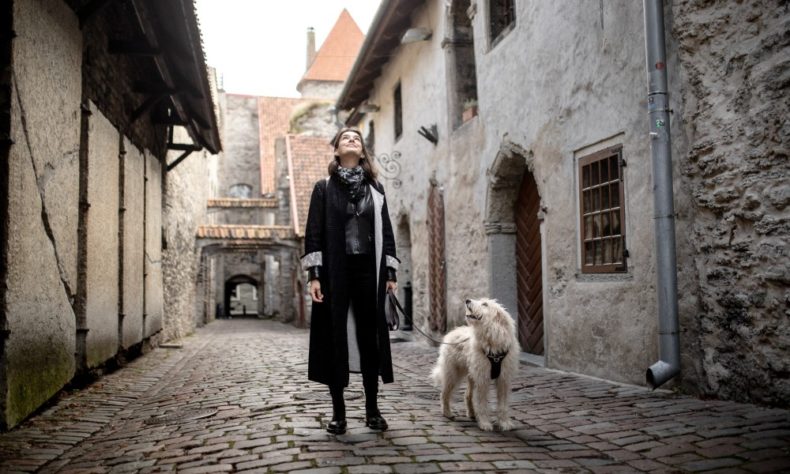
Photo by Rene Altrov
Historically known as Reval, Tallinn was the Hanseatic League’s northernmost city and, like Riga, it served as a mediator between the league and Russian traders.
Its cobblestone streets house a spectacular collection of Medieval Gothic edifices. Some of the highlights are the Town Hall, St. Mary’s Cathedral, the Great Guild Hall, and the Horse Mill.
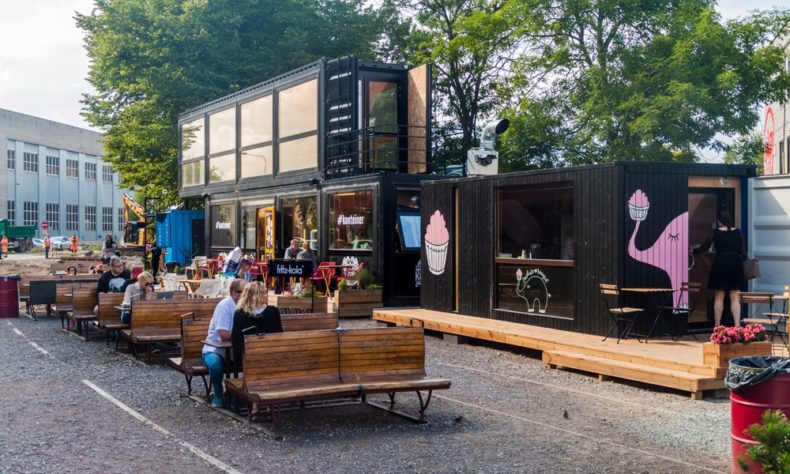
But Tallinn has more to offer than just the Old Town. Telliskivi Creative City is already an established name among European hipsters.
And the design-loving crowd cannot leave the Estonian capital without having a coffee at the industrially chic Rotermann Quarter.
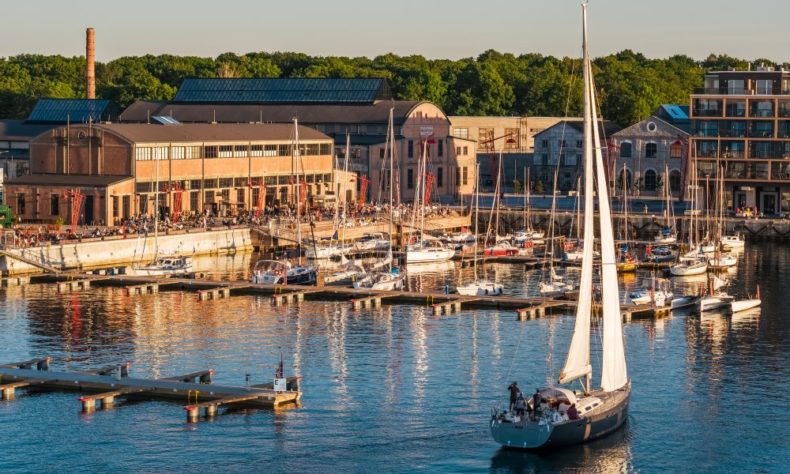
Photo by Kaupo Kalda
A must-visit area, especially in the warm season, is the recently renovated Noblessner – a former submarine shipyard for the Russian Empire that’s now home to some of the city’s finest restaurants, bars, and the Kai Art Center.
Lithuania
Kaunas
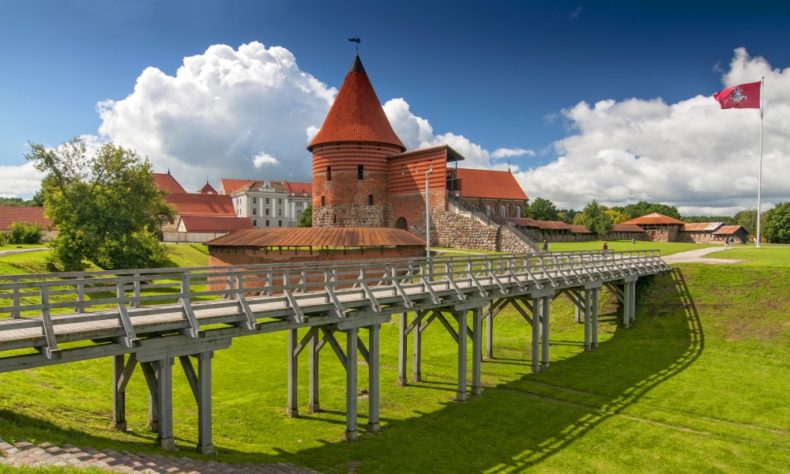
Bordered by two rivers, the Neman and the Neris, Kaunas’ strategic location granted it a place in the Hanseatic League in 1441, an event that’s still commemorated today.
The annual Kaunas Hanseatic Days are held in Town Hall Square, which was called Market Square back in the days when it served as the focal point of trade.
Thanks to the goods flowing in and out of the city along the rivers, Kaunas expanded and prospered. It’s during this period that it also got its stately Town Hall, which is so gleamingly white that it’s dubbed the ‘white swan’.
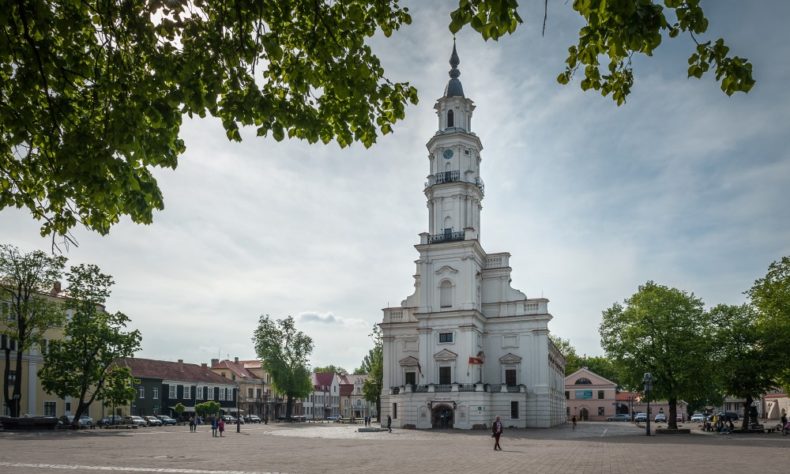
Today, Town Hall holds the city’s key and hosts festive ceremonies, from weddings to receptions for famous people, including Pope John Paul II.
Another impressive architectural structure is the Late-Gothic Perkūno Namas. Constructed by local merchants, the building was later sold to the Jesuits and served as a theatre and a school. One of its most outstanding pupils was the Polish-Lithuanian poet Adam Mickiewicz, whose museum is located in the building.
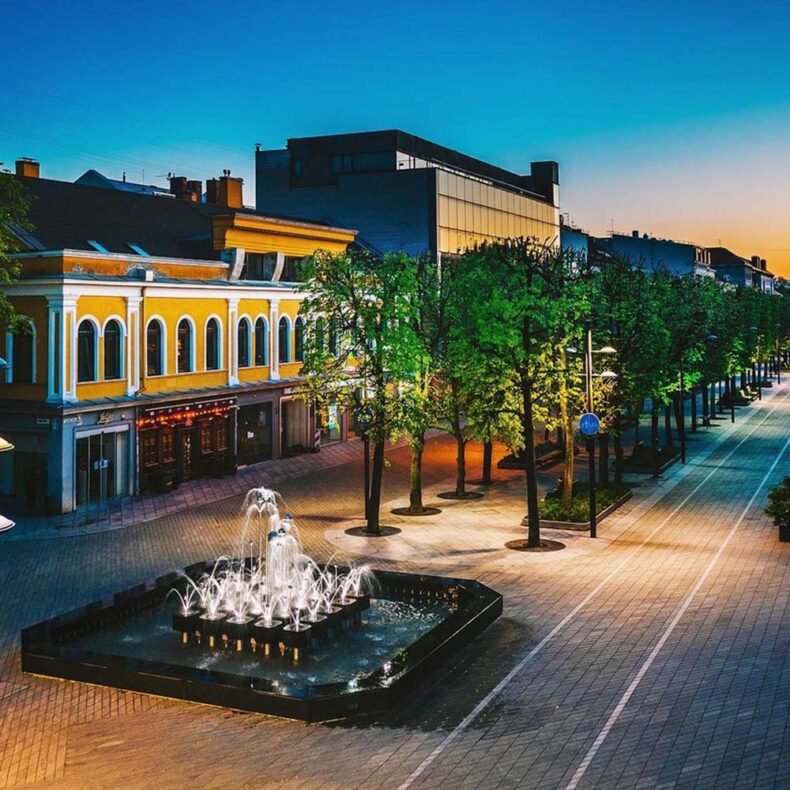
Photo on Instagram
Today Kaunas is a hotspot of culture, even having its own contemporary art biennale and a multitude of peculiar museums, such as the Devil’s Museum, which collects art pieces featuring devils from all over the world.
The merchant spirit can best be felt on Laisvės alėja, a street brimming with shops and streetside cafés.
To grasp the splendour of Kaunas, head to the recently renovated Aleksotas observation point, which can be easily reached via the incredibly charming vintage funicular.